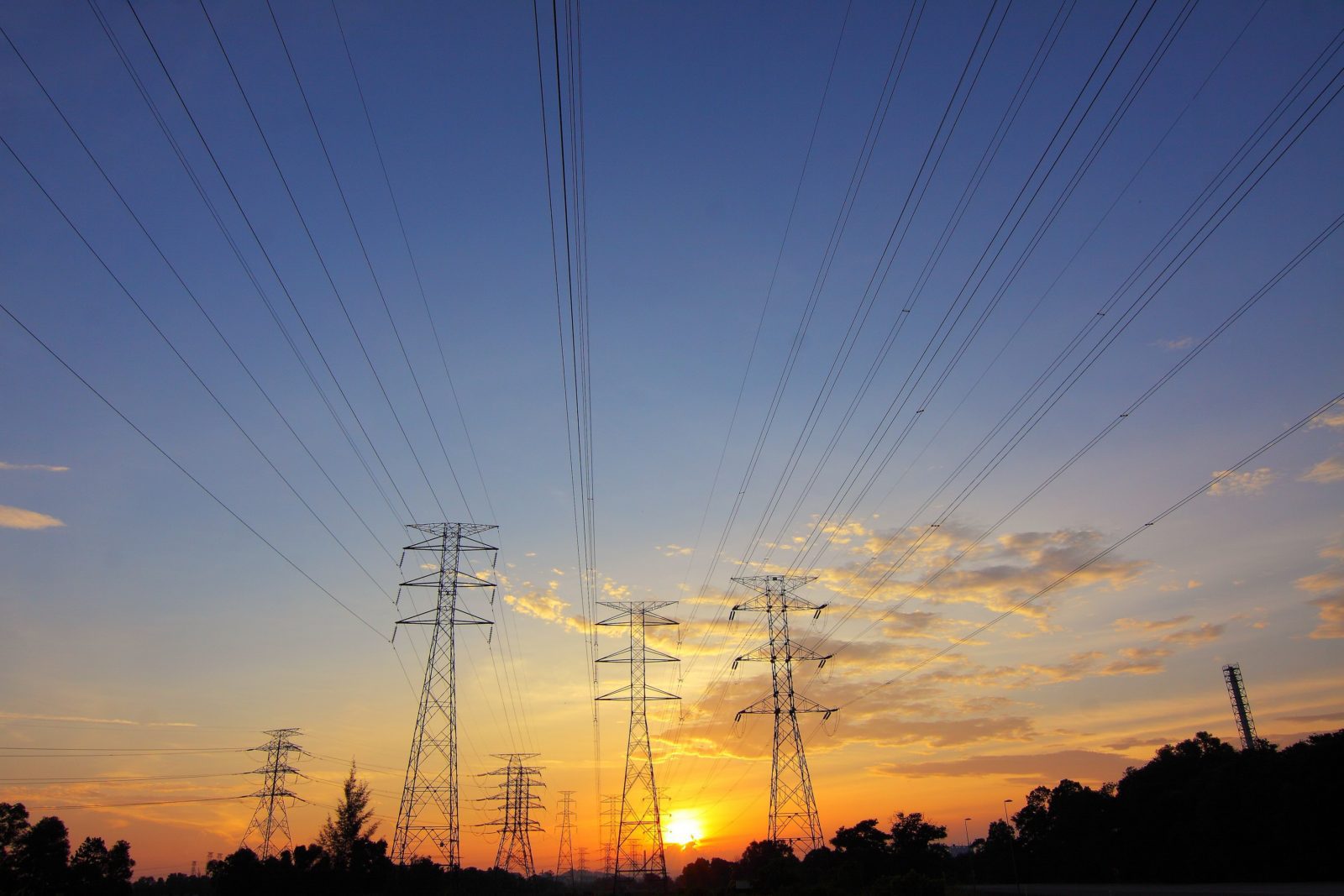Czech energy companies struggle to accommodate the growing demand for photovoltaic connections to the country’s power grid. As community energy gains traction, more and more households are installing solar panels, creating a higher demand for distribution networks. However, the current grid is not equipped to handle the influx of new connections, leading to distribution companies rejecting up to 10% of photovoltaic connection requests.
While the situation is expected to change in the coming years, with the network being strengthened to accommodate the increased demand, it comes with a cost. The cost of distribution is expected to rise by up to 20%. In an interview with Petr Částek, a member of the board of directors of Columbus Energy, he stated that the current infrastructure is not prepared for the increase in demand and that the situation is expected to change in the coming years.
Community Energy and its Impact on Distribution
Community energy is a simple concept that better connects people with firms. It means higher demands on the distribution network, which is not currently prepared for it. The issue is the increased demand and the complicated and time-consuming process of upgrading the infrastructure. There are several years to install solar panels, which is a long time for households that have already purchased them.
The increase in demand for photovoltaic connections will continue for the next decade. In response, the distribution network is expected to undergo significant changes, strengthening its distribution capacity to meet the demand. However, this process is expected to be expensive, with the cost of distribution expected to increase by up to 20%.
The Impact on Distribution Costs
The cost of distribution is expected to rise by up to 20%. The network must be upgraded to accommodate the increased demand for photovoltaic connections. In the past, there were discussions about increasing payments for circuit breakers to encourage people to reduce their mysterious power and main circuit breakers. However, this proposal was rejected. The distribution cost is expected to increase as the network is upgraded to accommodate the increased demand.
Renewable Energy and Future Trends
The trend towards renewable energy is expected to continue, with people becoming increasingly interested in energy storage and heat accumulation. A prototype sand battery has been launched in Finland, a simple yet effective way of storing energy. The battery is a concrete block filled with sand, with water pipes running through it. During the summer, excess energy is stored in the battery, which can then be used in the winter for heating. The battery is heated by a pump or wires embedded in the sand.
The battery is a simple and effective way of storing energy. A 25-cubic-meter battery should be sufficient for a household, making it completely self-sufficient. As the trend towards renewable energy and energy storage continues, we can expect to see more innovative solutions like this become available.






